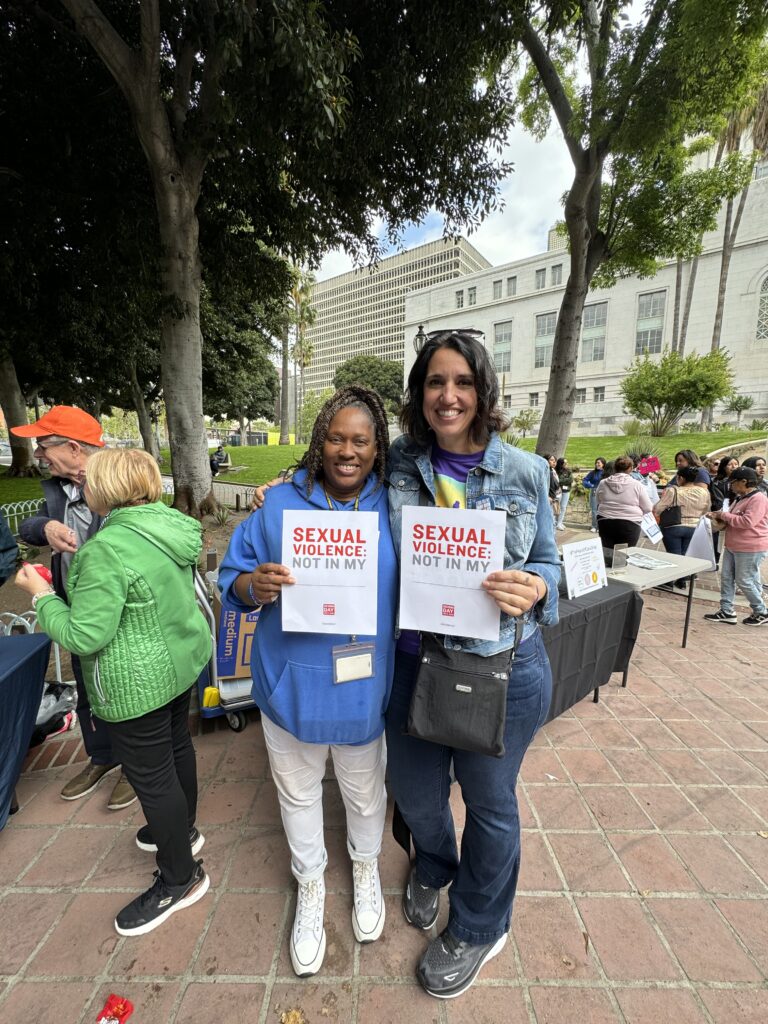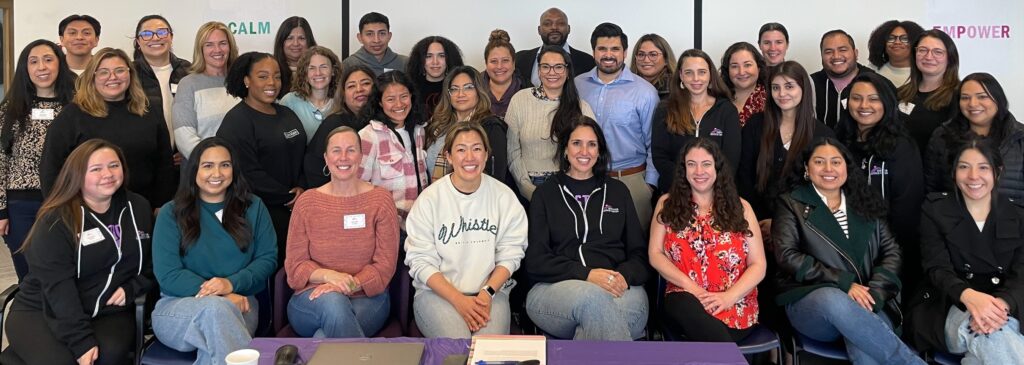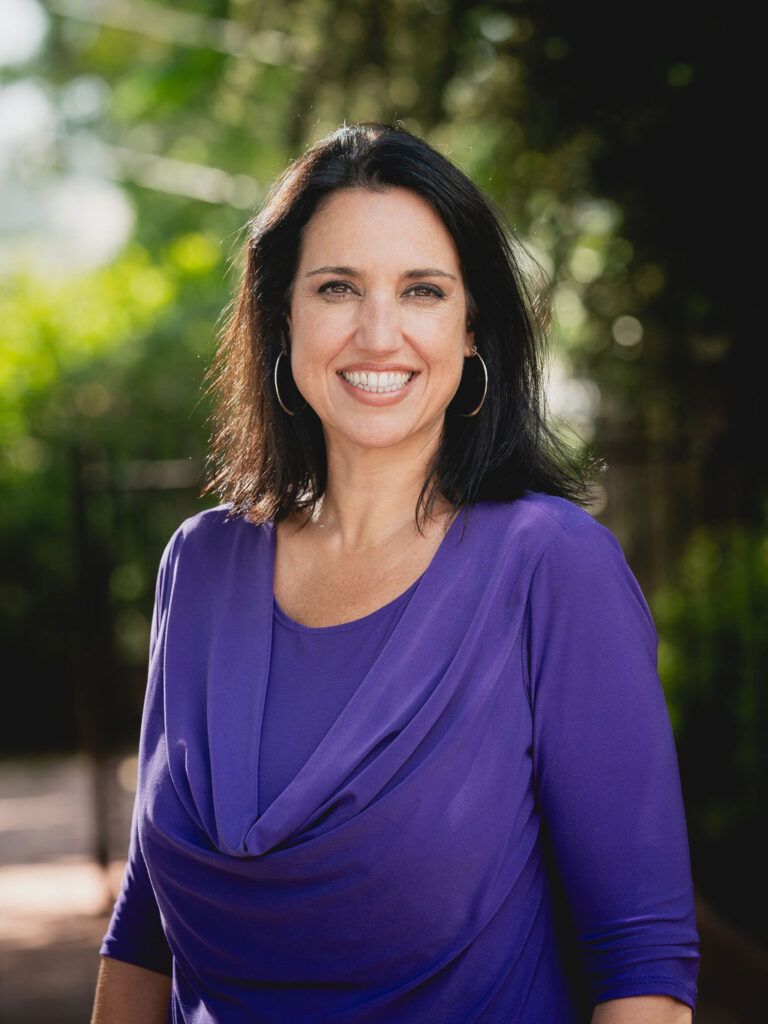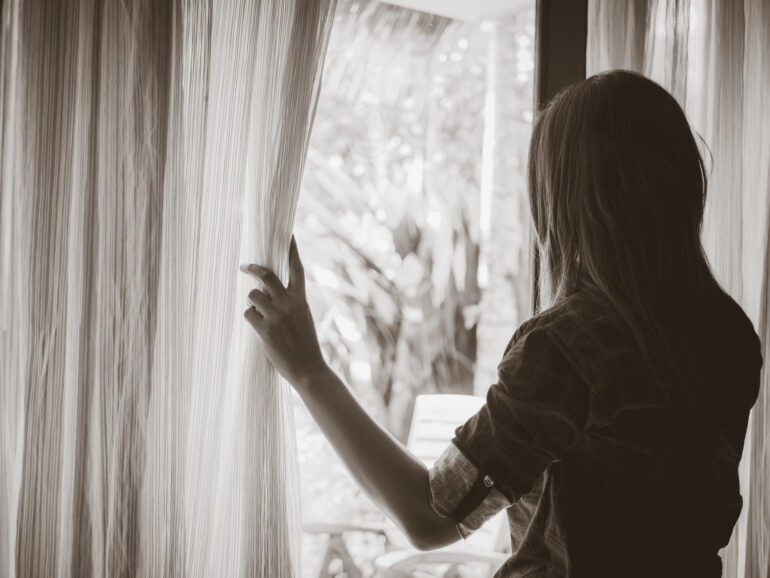What does a domestic violence victim look like?
They look like your neighbor, your co-worker, or even a close family member. They look like Elena.
Elena, a mother of two young children and an undocumented immigrant, is a domestic violence victim. She has lived with David, the father of her children, for nine years. After the birth of their first child, David became violent with Elena and began to threaten that he would have her deported and keep her from her children.
The abuse became worse during the pandemic when David lost his job. Even now, David does not have steady work, and he has grown volatile over time. Elena believes her children will be safe if David directs his anger toward her, but she also knows that the violence impacts them.
Elena sometimes considers leaving, but then wonders how she would survive and care for her children. She cannot work legally and doesn’t speak English well. She has no friends or family to help. Elena is also afraid of David’s threats of deportation and separation from her children. She can’t let that happen.
Elena is Not an Exception
Situations like Elena’s are all too common. The National Domestic Violence Hotline answered 461,278 inquiries in 2023 — a 27 percent increase from 2019 and 2020. While pandemic stay-at-home orders and a shift to remote work left domestic violence victims isolated with their abusers and gave them fewer opportunities to flee abuse, more victims are now seeking help. California tops the hotline’s list of contacts by state, and Los Angeles is the city with the second-most calls.
That’s no surprise since the Judicial Council of California’s 2023-2024 fiscal year report shows that 25 percent of all domestic violence restraining orders in California are filed in Los Angeles County courts (19,000+ filings). And that’s just the tip of the iceberg.
According to the Council on Criminal Justice, incidences of aggravated domestic violence are between 29 percent and 53 percent higher than statistics reflected in law enforcement data. Many victims hide the violence in their lives. They lose their self-esteem, self-sufficiency, and sense of self-worth, but leaving is difficult.

The Challenges of Escaping Domestic Violence
Survivors cite several complex challenges to leaving abuse: abuse negatively impacts their wellbeing, making it harder to take steps to leave; they don’t identify as stereotypical victims or don’t want to reinforce racial stereotypes; they don’t know how to overcome structural barriers like housing and income; and planning to leave is an intense and draining psychological process.
If survivors leave, what happens? How do they protect themselves? Get housing? Feed their children? Find work? How do they begin healing? When survivors have no clear path forward, remaining in the situation they know can seem like the only viable option.
Overcoming obstacles to leaving requires an ally. Survivor Justice Center has been an advocate for domestic violence survivors and survivors of sexual assault and trafficking in Los Angeles County for decades. Center attorneys provide free legal services and case management to more than 1,000 low-income survivors annually who, like Elena, have complex and interrelated needs.
The Center knows that legal aid alone is not enough. Walking out of the courtroom with a restraining order, divorce settlement, and child support or custody orders leaves so many needs unmet, so Center attorneys and case managers work together.
Legal professionals will help Elena and others like her get a restraining order and secure child custody, visitation, and support orders. They will also help Elena understand her rights as an immigrant crime victim and obtain legal protections under a U-visa, allowing her to stay in the U.S. legally.

To promote long-term self-sufficiency, attorneys will also help Elena obtain work authorization, a process that can take years. Eligibility for a U- also enables Elena to receive public benefits such as the California Food Assistance Program and CalWORKs to help her meet essential needs. Center case managers will help Elena navigate benefits application processes and connect her to resources such as housing, job training, childcare, and health care.
If you know someone like Elena, you can be an ally for domestic violence survivors. Help them understand that they have legal rights. Help them connect to resources like the Center. Let them know they have an ally.
How to Help
The Survivor Justice Center secures justice for survivors of domestic violence and sexual assault. Supporting the Center ensures low-income survivors of domestic violence and sexual assault have access to free legal representation so they can escape violence, protect their families, and create hopeful futures for themselves and their families.

This post was submitted as part of our “You Said It” program.” Your voice, ideas, and engagement are important to help us accomplish our mission. We encourage you to share your ideas and efforts to make the world a better place by submitting a “You Said It.”

Carmen McDonald is the Executive Director of the Survivor Justice Center. A daughter of Cuban immigrants, Carmen is driven by her passion to help others. She has led representation for hundreds of domestic violence survivors in family court and immigration proceedings, overseen precedent-setting appeals, and worked on policy and legislation to support survivors, immigrants, and the low-income community.

